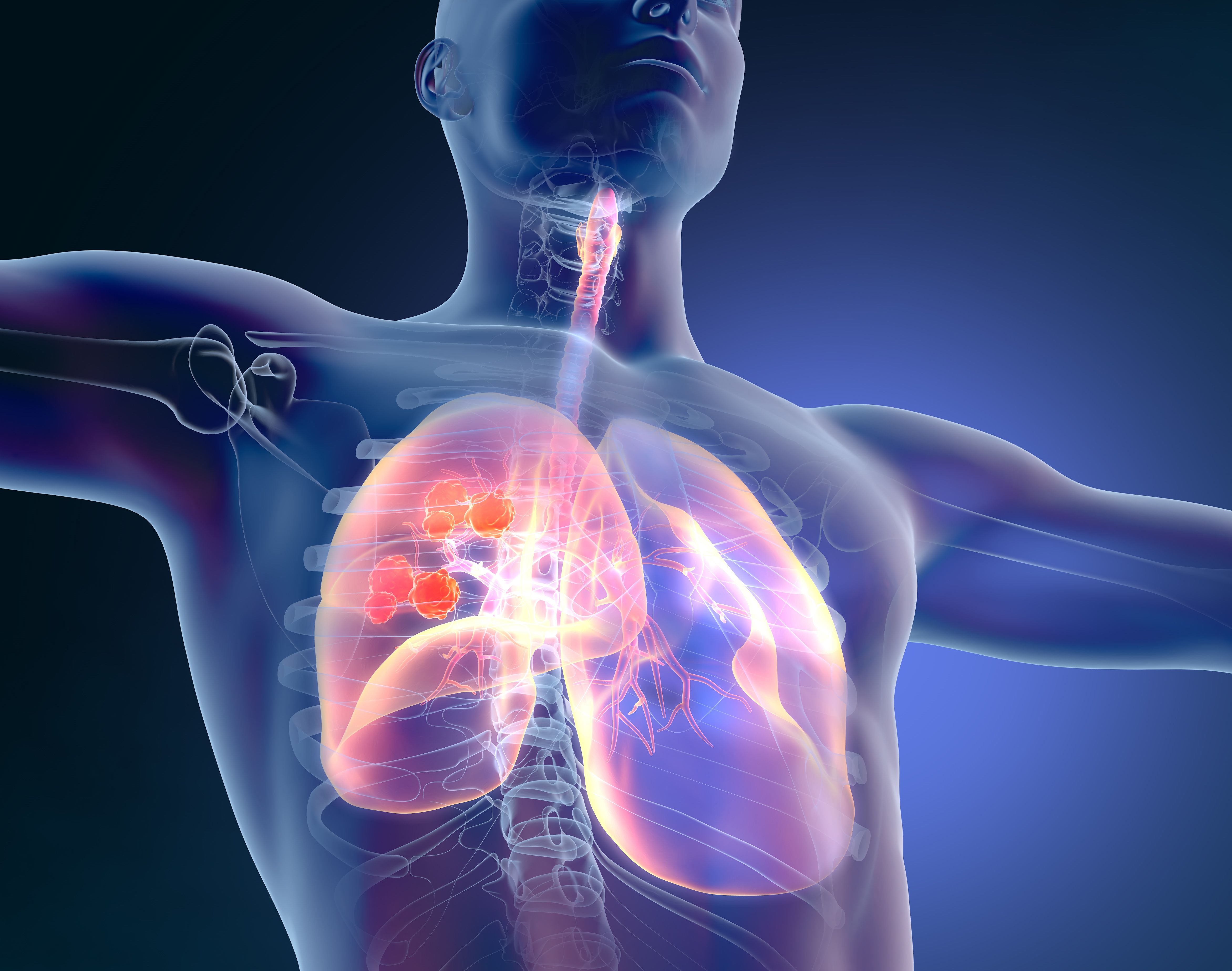Low Molecular Testing Rate, Disparities in Care Shown in Real-World Study of NSCLC in Latin America
Findings from a retrospective real world study conducted in patients with EGFR-mutated, stage IV non–small cell lung cancer from 4 Latin American countries showed a 66% frequency rate in molecular testing and a frequency of EGFR mutations of 22% overall.

Findings from a retrospective realworld study evaluating rates of molecular testing and treatment patterns conducted in patients with EGFR-mutated, stage IV non–small cell lung cancer (NSCLC) from 4 Latin American countries showed a 66% frequency rate in molecular testing and a frequency of EGFR mutations of 22% overall.1
Patient records from Argentina, Colombia, Chile, and Uruguay were reviewed. Investigators found that Argentina had the highest rate of molecular testing at 79% in a population where 87% of citizens belong in the private health care system. Argentina has 3 health care sectors: the public health care system, run by different unions; the private health care system; and the social security health care system for professionals, employees, and employers. Conversely, Uruguay had the lowest molecular testing rate at 28%, but 91% of its population has private health care insurance.
Patients (n = 462) were divided into 2 cohorts. Cohort 1 consisted of treatment-naïve patients with newly diagnosed stage IV NSCLC. There were 431 patients (93.2%) who were newly diagnosed or treatment naïve with advanced or metastatic NSCLC from Argentina (n = 195), Colombia (n = 96), Chile (n = 64), and Uruguay (n = 76). In cohort 1, the mean age was 66 years (range, 55-77), 60% were men, and 57.3% had private insurance coverage.
The mean turnaround time for testing was 12.4 days, with Colombia reporting the longest turnaround time, followed by Colombia (10 days), Uruguay (13.4 days), and both Argentina and Chile with a 10-day turnaround time for test results. When reviewing molecular profiles and treatment patterns, investigators reported that the most frequent EGFR mutation was exon 19 deletion (47%), followed by exon 21 L858R (36%). The frequency of ALK mutations in the tested population was 2.4%, followed by KRAS (1.4%), MET (1.4%), and ROS1 (1.04%).
Cohort 2 consisted of patients with stage IV NSCLC who were positive for EGFR mutation and had progressed after first- or second generation EGFR tyrosine kinase inhibitor (TKI) treatment. Cohort 2 included 25 patients from Argentina, Colombia (n = 5), and Chile (n = 1), with stage IV NSCLC who had progressed after first or second generation EGFR TKI treatment. Most of these patients were women (77.4%), with a mean age of 58 years (range, 46-70). All patients in this cohort had adenocarcinoma histology and 77.4% had private health insurance. TKI treatment included gefi tinib (Iressa; 41.9%), afatinib (Gilotrif; 35.5%), and erlotinib (Tarceva; 22.6%).
Despite international guidelines emphasizing the importance of molecular testing, poor access to testing has been widely reported in Latin America.2 The investigators noted that the frequency of detecting EGFR mutations was similar to other studies that evaluated NSCLC occurrence in Latin American countries. Overall, treatment for advanced disease is heading toward immune-oncology treatments (either monotherapy or combinations with chemotherapy) and targeted therapies.
However, in Latin American countries, platinum-based chemotherapy remains a first-line treatment in newly diagnosed patients with stage IV disease, which is followed by targeted agents and immunotherapy. In the second-line, immunotherapy was the preferred choice, followed by chemotherapy and targeted agents, according to investigators.
Clinical guidelines recommend repeated molecular testing when disease progression occurs after the use of first and second generation TKIs to detect mutations such as T790M. Previous research involving patients with NSCLC who progressed after first-line TKI therapy indicated that approximately 60% were T790M positive. The current study is comparable to those findings, with 59% of patients being T790M positive.
The investigators noted a number of limitations associated with the current study. In particular, they noted that inconsistent sample sizes across the 4 countries could introduce bias. Recall bias is another limitation as a result of the retrospective nature of the study.
They concluded that the molecular profile testing rate for stage IV NSCLC is low and that the use of chemotherapy as the only choice in the first-line setting, along with the low use of immunotherapy or targeted therapies, demonstrates the barriers to achieving optimal care.